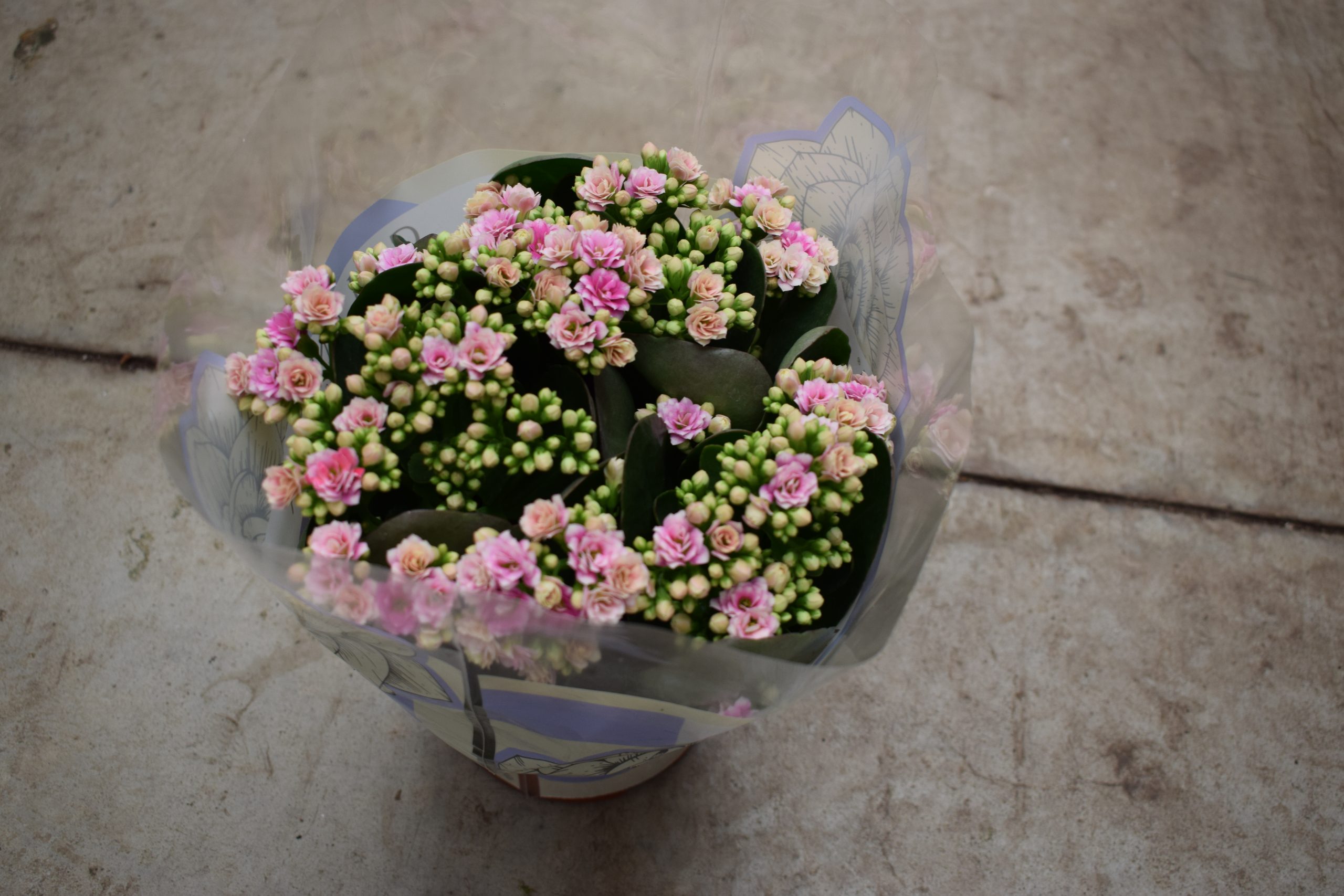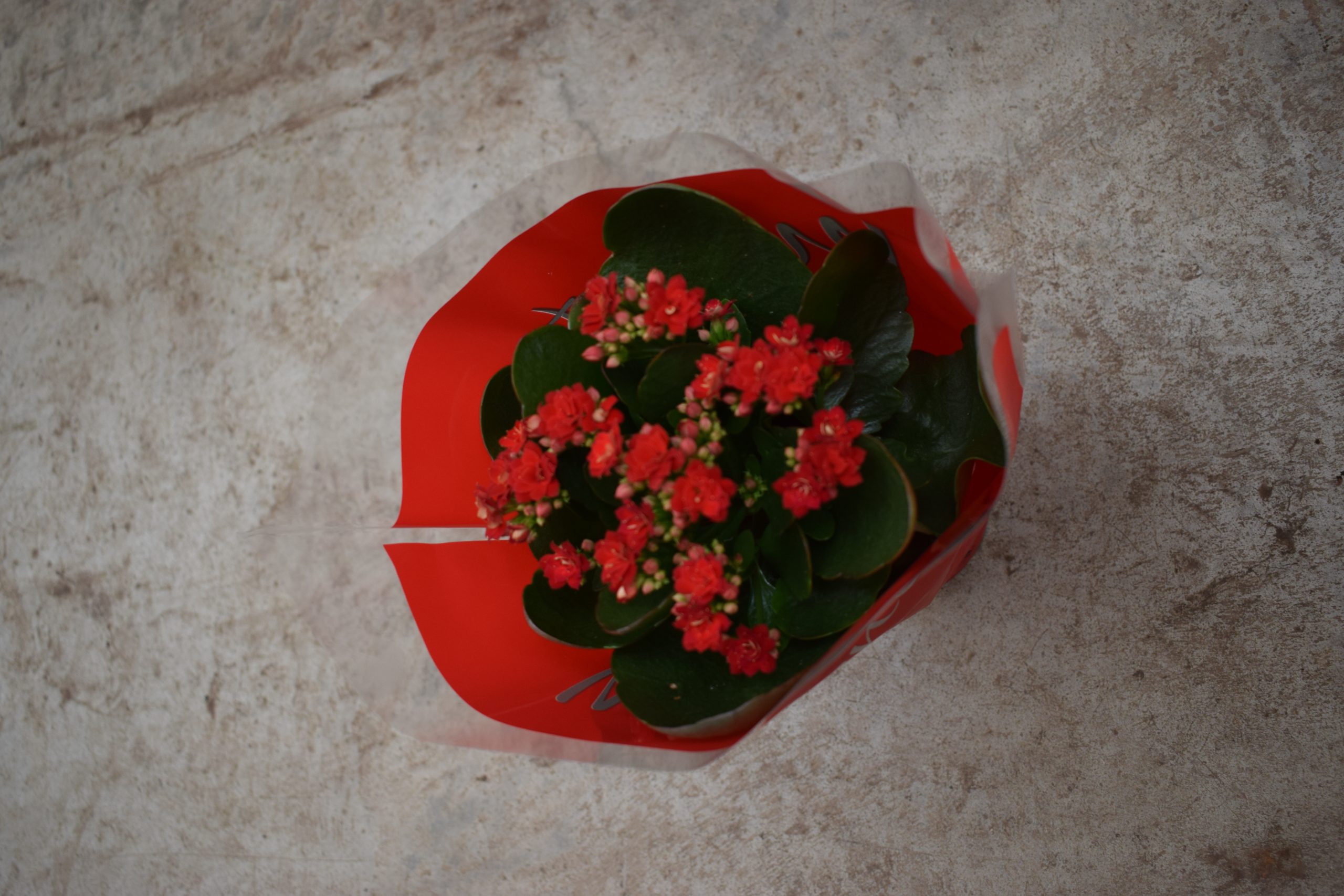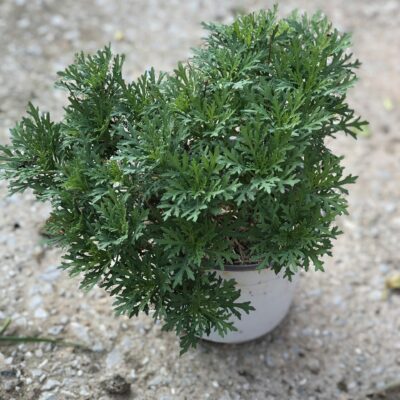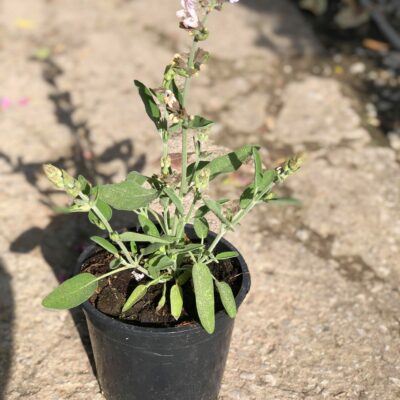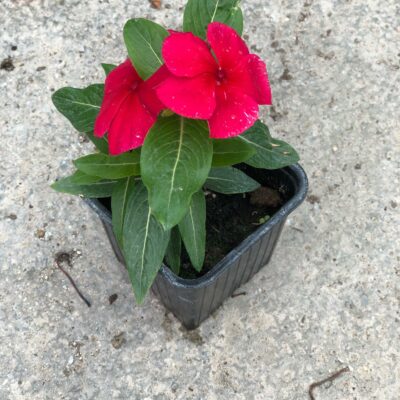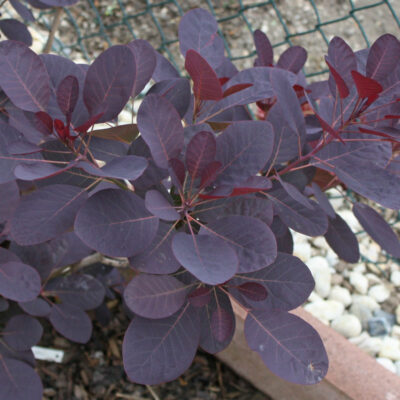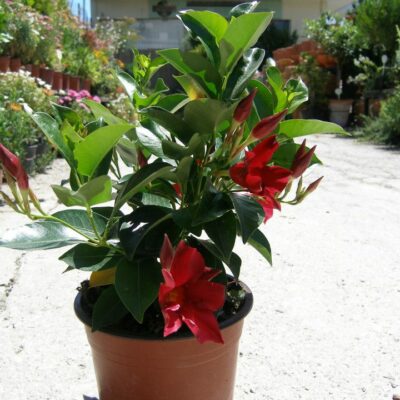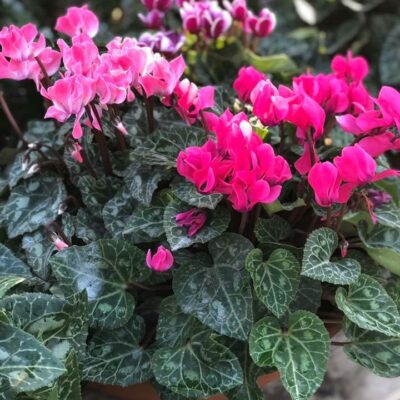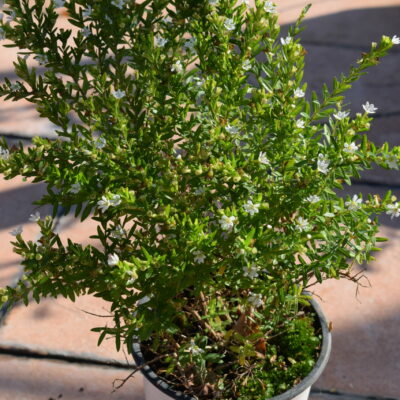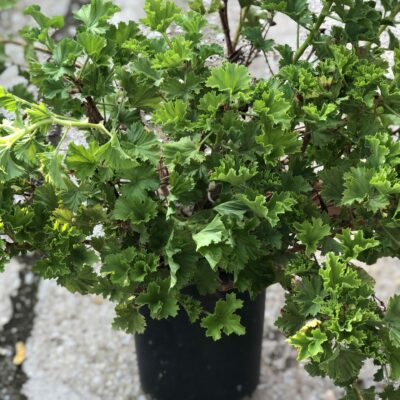Kalanchoe gathers a series of advantages that make it an easy plant that beautifies our space without asking for much. The plant is very popular for its long-lasting flowers and attractive foliage.
Leaves
Kalanchoe leaves are fleshy, broad, oval in shape, with jagged edges, appear alternately along the length of the stems and because they are very tender they break easily with the slightest clumsy movement.
Flowers
Kalanchoe flowers come in bouquets and there is a wide variety of colors.
Terrain
Its soil must be light, with a high content of peat and have good drainage. You can use substrate for cacti and succulents.
Position
Kalanchoe is placed in sunny and semi-shady places, in the garden and on the terrace. But when the summer temperatures are high (greater than 35°C), the plants should be moved to places without direct sunlight as burns are caused which appear as drying on the edges of the leaves
Watering
Regarding watering, it has no particular requirements as it is like a succulent. In the summer months the Kalanchoe should be watered 2-3 times a week.
Lubrication
It needs fertilization with some water-soluble fertilizer to have prolonged flowering.
Pruning
We need to cut the dry flowers that have finished blooming so that new ones can come out.
Enemies and Diseases
The plant is susceptible to attack by aphids and spider mites. Very often spider webs appear on the plant, an indication that the plant is affected by aphids, or its branches stick to our hand, which indicates the presence of aphids. Kalanchoe is also often attacked by coccoid insects.
It is suitable for
- It is usually planted singly in pots or in small groups in planters.
- Bedroom
- Office - Professional space.
Flowerpot 7 cm- Plant height 15 cm
